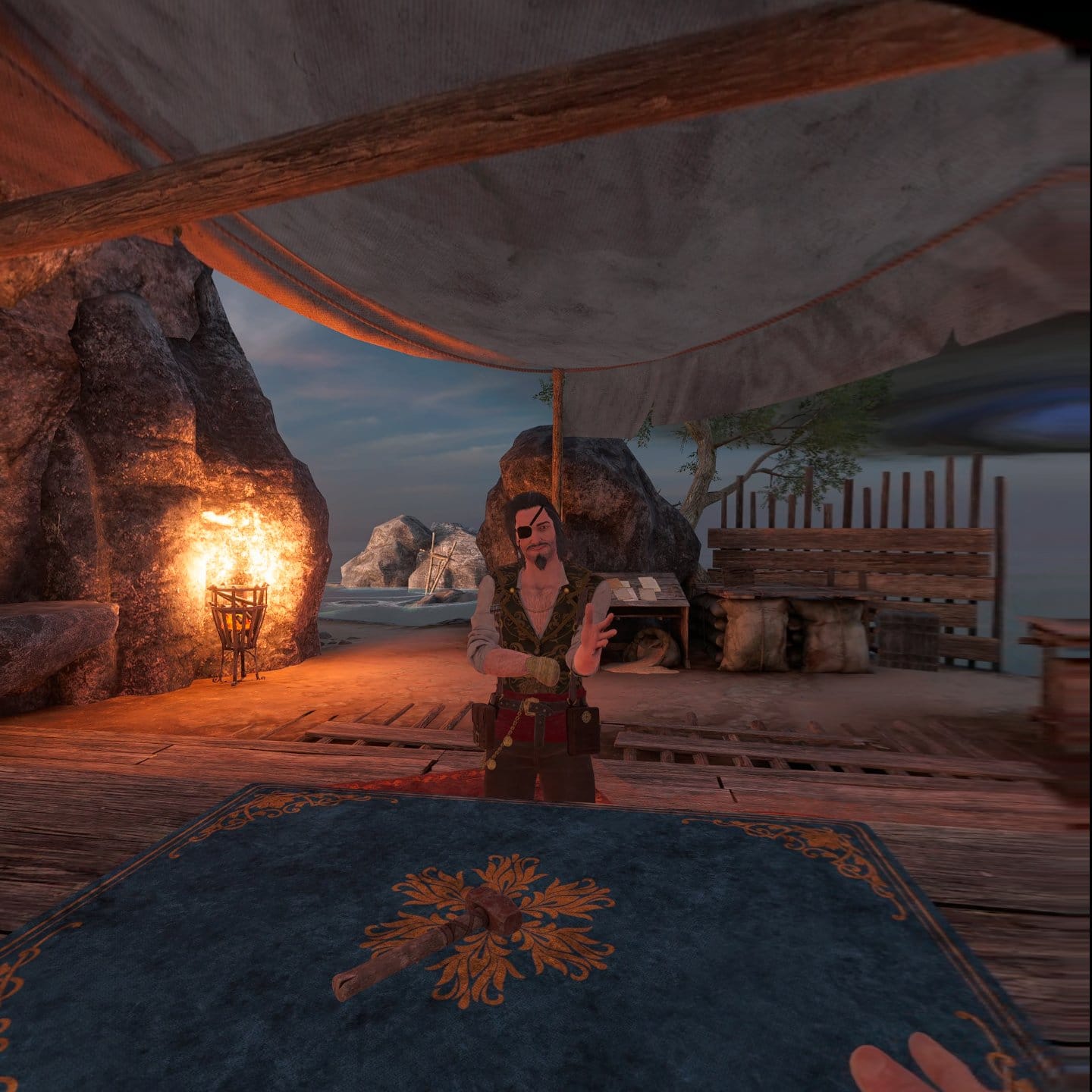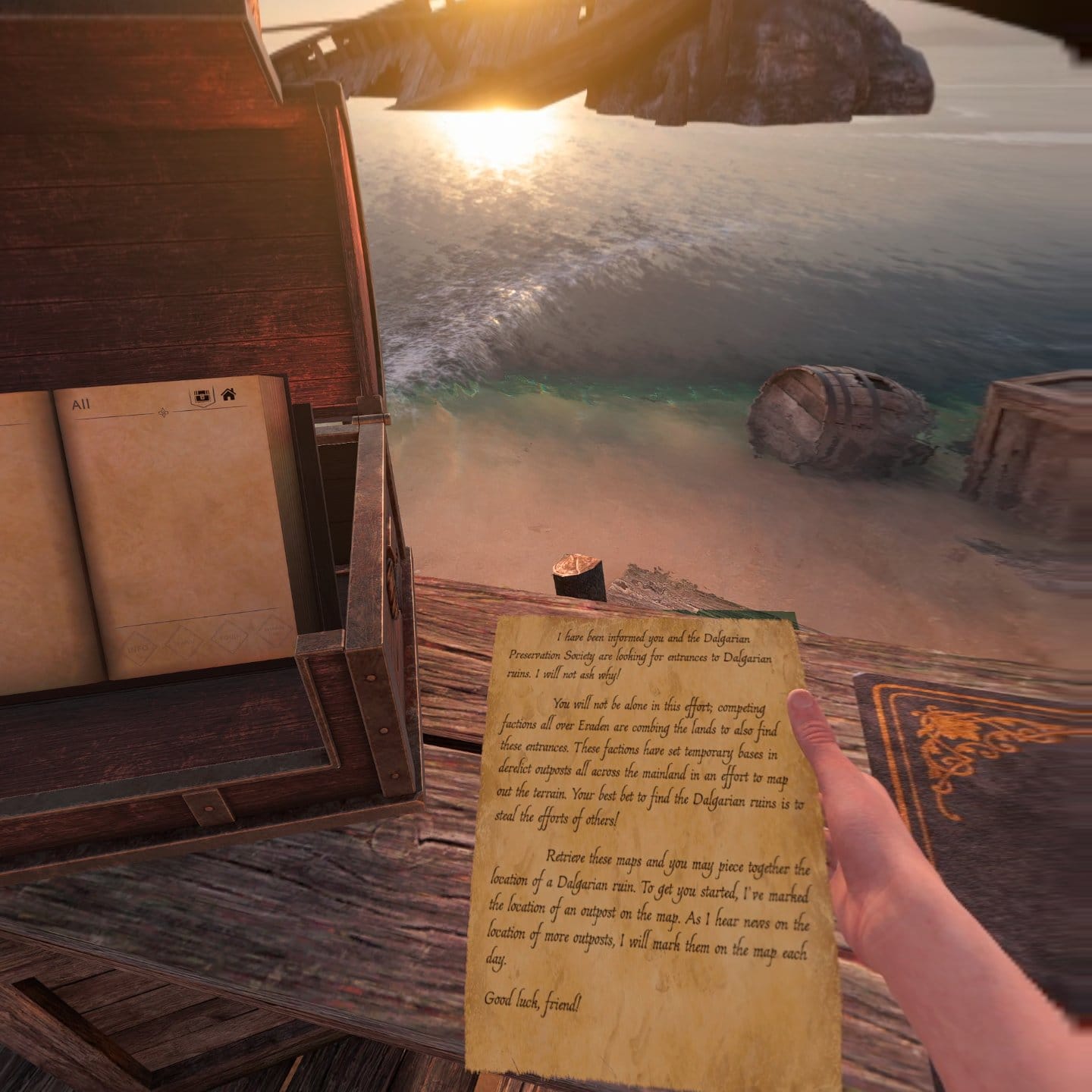Blade and Sorcery has just been released in full, but what will it feel like 2024 after its release? Continue reading for the full review.
A subset of VR PC games seems destined to stay in early access forever. This is not about games that were abandoned in the middle of development, but those who retain their early access label even after years of updating. After nearly six years, it feels strange to finally see the full release. I’m also happy that this game has stuck with me. Finally seeing the full release feels strange after nearly six years, and I’m thrilled it sticks the landing.H3VRBlade & Sorcery – The FactsOnwardWhat is it?
Platforms:
, (reviewed on Steam using Quest 3 and Rift S)QuestRelease Date: PC VROut now
Developer: Warpfrog
Price: $30 on Steam (full release), $20 on Quest (early access).
I can’t claim to have followed Blade & Sorcery since the start. The fact that I didn’t join the VR world until the middle of 2019 means that I missed out on the early days. I enjoyed the sandbox gameplay, but campaigns are what keep me hooked. The biggest update to Version 1.0 is the introduction of a campaign-oriented ‘Progression mode’. ‘This seven-hour campaign is a great way to showcase the sandbox gameplay without compromising Blade & Sorcery. Warpfrog’s use of environmental storytelling is a welcome change from Blade & Sorcery’s cutscenes. You won’t know the details unless you search for documents that explain what happened after Dalgarian ruins appeared. It’s a subtle approach that successfully balances the wants of those after an action-focused experience and those who’d prefer something deeper.
Unsurprisingly, the Progression Mode takes a comparatively more gradual approach to unlocking skills and weapons than Sandbox, slowly building you into a powerful warrior. You won’t get every skill on a playthrough, Warpfrog’s designed this campaign for replayability, and I enjoyed experimenting with different builds after beginning from a blank slate.
Progression Mode’s core loop is pretty basic – explore locations to kill enemies and find loot, explore a Dalgarian dungeon to obtain a crystal for unlocking a new skill set, choose which skills you’d like to learn at home, and so on. The secret ending is nice, but it’s mostly an excuse for me to start fights. I won’t spoil any details. Combat has been Blade & Sorcery’s main attraction for years, and I am glad it remains so. Blade & Sorcery’s most impressive kills come from its melee combat. If the dead bodies didn’t appear ridiculous, it would be more horrific. Those cold dead-eyed stares from those lifeless bodies are more hilarious than haunting.

Magical combat also has its charm. The ability to mess with elements, gravity and other abilities makes for a varied experience. It’s fun to toast enemies by using a lightning-like strike when you tilt your hand in front. Increasing these abilities as you progress gives a sense of progression. As someone who selected the Lightning Sorceror as their class, combining elemental powers with swords is more enjoyable than using a lightning strike. After clearing out enough Outposts the Ruins become accessible and you can finish off with a Golem. They are a great example of the “obvious weakness” but still deliver an incredible sense of threat. The golems may not be as large as the bosses from
and Shadow of the Colossus but they are still a formidable challenge to climb up. Given how frequently I found myself turned upside down when they begin shaking, this can be a rough experience for any VR newcomers.
Blade & Sorcery uses artificial stick-based locomotion, there’s no option for teleportation movement and movement direction can be based on your headset or controller position. With adjustable speeds, you can choose between snap or smooth turning of the camera. The laser can be displayed in either hand. You can jump by pushing the analog stick upwards, and crouching when you push it downwards. Change how you grip and use telekinesis. You can also enable a Vignette and multiply the arm length. It’s also worth noting that Blade & Sorcery features fully integrated mod support, which may affect performance.
However, Blade & Sorcery’s old problems remain visible. It’s still extremely janky which is what I was expecting going into it. I often get my arm stuck when climbing or opening doors. It is funny to see it stretch out like Mr. It’s both hilarious and irritating to see it stretch like Mr. My hand not registering when grabbing some ledges, leaving me falling to the floor, was just plain irritating.

The presentation also needs further work, though that’s not to say Blade & Sorcery looks bad. Although the environments and weapons look fantastic, I had hoped for something more. Even on the High’ setting I experienced visual pop-in. The sky disappeared completely on one occasion and textures changed when I was not far away. There were also some sound issues that I noticed. If you only want to focus on the battles, Sandbox Mode is available. It doesn’t restrict access to powers and weapons, and gives you arena-based combat as you fight off waves of enemies and explore other options. Sandbox Mode is a good option for me as I prefer structure to open-ended play because I enjoy having attainable goals. However, it’s also a great way to keep things simple. Blade & Sword Review: Final VerdictSkydance’s BehemothBlade and Sorcery Version 1.0 feels more satisfying than ever, while still delivering the brutal combat. It’s a great addition to bring the sandbox gameplay to a game mode that still feels true to its roots. It’s still undeniably janky and needs some performance optimization, but if you’re looking for great fantasy combat, Blade & Sorcery remains recommended.
UploadVR uses a 5-Star rating system for our game reviews – you can read a breakdown of each star rating in our
.